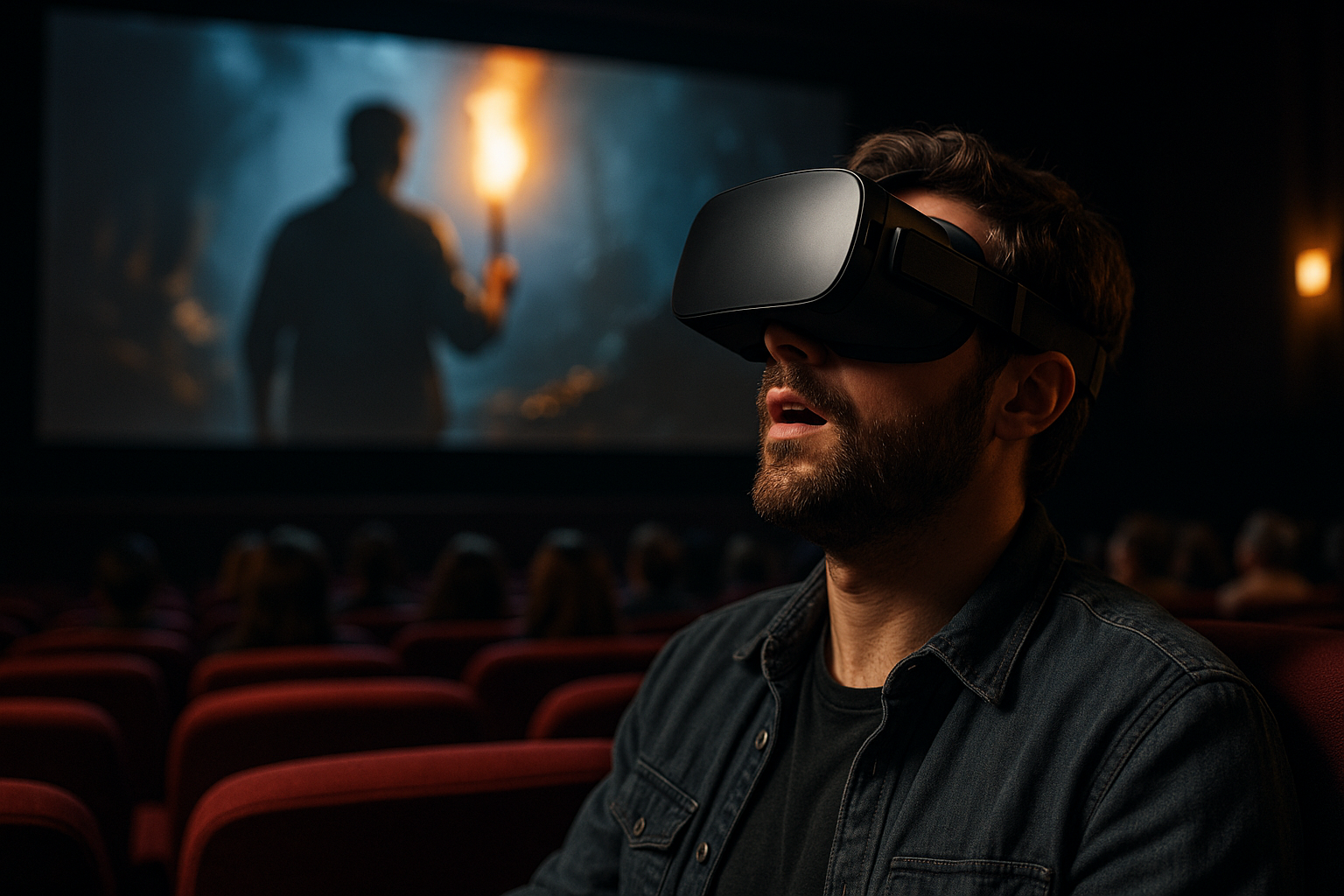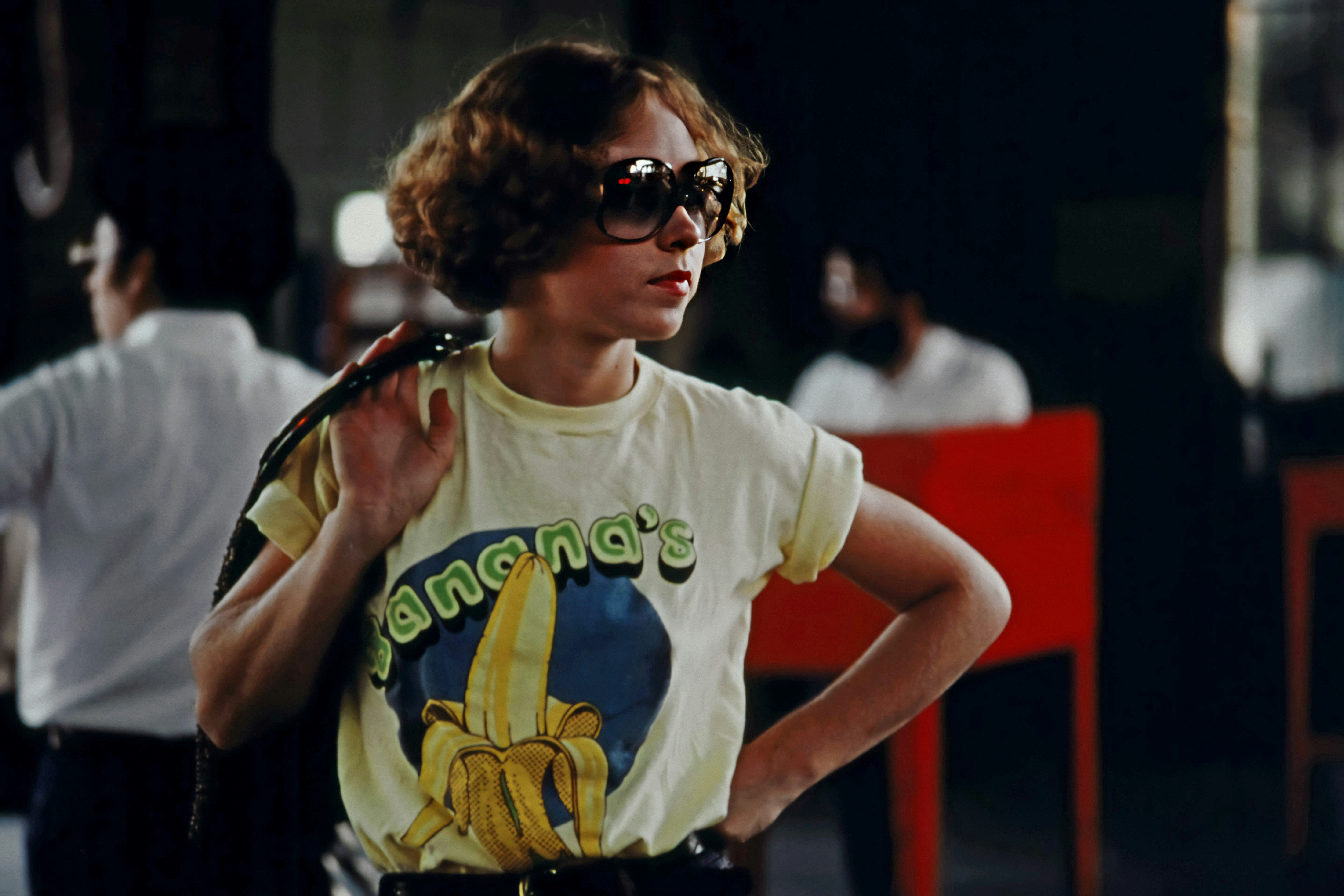Virtual Reality Cinema: Redefining the Cinematic Experience
In a world where technology continues to push the boundaries of entertainment, virtual reality cinema emerges as a groundbreaking frontier. This immersive medium is transforming how we consume and interact with films, offering viewers an unprecedented level of engagement and presence within the narrative. As filmmakers and tech innovators collaborate to explore this new realm, virtual reality cinema stands poised to revolutionize storytelling, challenging traditional notions of spectatorship and blurring the lines between audience and participant.

Pioneering VR Filmmakers
As VR technology became more accessible, visionary filmmakers began to explore its potential for storytelling. Directors like Alejandro González Iñárritu, with his VR installation Carne y Arena, and Nonny de la Peña, often called the godmother of VR, pushed the boundaries of the medium. These early adopters demonstrated VRs capacity to create empathy and transport viewers into new realities.
Technical Challenges and Innovations
Creating compelling VR cinema presents unique technical challenges. Traditional filming techniques don’t always translate to 360-degree environments, requiring new approaches to cinematography, editing, and sound design. Innovations in camera rigs, real-time rendering, and spatial audio have been crucial in overcoming these hurdles, allowing filmmakers to craft more sophisticated and immersive experiences.
The Language of VR Storytelling
VR cinema demands a new visual language. Unlike traditional film, where the director controls the viewer’s gaze through framing and editing, VR allows the audience to look anywhere at any time. This freedom requires filmmakers to rethink narrative structure, pacing, and visual cues to guide the viewer’s attention without breaking immersion. The result is a more participatory form of storytelling that blends elements of film, theatre, and interactive media.
VR Cinema’s Impact on the Film Industry
As VR cinema gains traction, it’s influencing the broader film industry. Major studios and independent creators alike are investing in VR content, recognizing its potential to offer unique experiences that can’t be replicated in traditional theaters. Film festivals have begun incorporating VR sections, legitimizing it as a distinct art form. This growing recognition is driving further innovation and attracting talent from across the creative spectrum.
The Future of Virtual Reality Cinema
Looking ahead, the future of VR cinema seems bright but uncertain. As technology continues to advance, we can expect even more immersive and interactive experiences. The integration of haptic feedback, improved graphics fidelity, and AI-driven narratives could further blur the line between viewer and participant. However, questions remain about VRs potential for mainstream adoption and its place within the broader entertainment landscape.
Virtual reality cinema represents a paradigm shift in how we experience stories. By placing viewers at the center of the narrative, it offers a level of immersion and emotional engagement that traditional film can’t match. As the technology matures and creators continue to push its boundaries, VR cinema has the potential to become a powerful new medium for artistic expression and cultural impact. Whether it will complement or disrupt traditional filmmaking remains to be seen, but one thing is clear: the cinematic landscape is evolving, and virtual reality is leading the charge into uncharted territories of storytelling.




